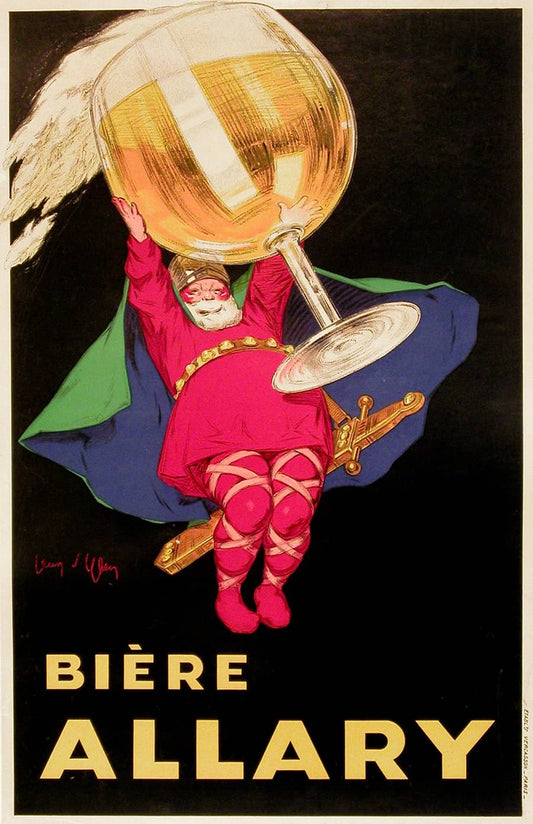Tax Stamps: What are they and what do they indicate?

The use of tax stamps on vintage posters in France dates back to the late 19th Century. The first tax stamps were introduced in 1881 and were used to collect revenue from the sale of printed materials, such as books, newspapers, and posters. The tax stamps had to be affixed to the printed materials in order to legally sell them. The stamps had a denomination, usually in francs, which was determined by the type and size of the printed material. For example, a large poster would require a larger stamp than a newspaper.

The tax stamps were issued by the French government and printed by the French Post Office. The stamps were typically printed on glossy paper with a design that included the denomination and a picture of the French president in office at the time. The design of the stamps changed over the years, and many of the vintage stamps are highly sought after by collectors.
Beginning in the 1940s, the French government began to phase out the use of tax stamps on printed materials. The last tax stamps were issued in 1959. Today, vintage posters in France are still valued by collectors, but they no longer feature the tax stamps that were once so common.


Not all vintage posters were caught by the tax assessor, who would literally walk the street checking to see if a poster already had its 'paid' stamp on it. Also, not all posters were hung up outside on the street. For this reason, if a poster doesn't have a tax stamp on it, it doesn't mean it's not authentic; it just means it didn't get a stamp. Alternatively, if you do see a poster with a tax stamp on it, it's usually a sure bet that it is an original and not a reproduction. Tax stamps are interesting and some collectors seek them out, but they do not add or detract value from the poster.





